
Sea Bass Bomb Detonates Sunday
Story by Tom Pagliaroli
The sea bass season re-opens this Sunday, and if catch ‘n toss ‘em action on the party and charter boats the past two to three weeks is an indication, it will be a rip-snorting rod bender along the rails and gunwales as soon as the anchors are set and the baits and jigs descend.
Even more so than fluke, the sea bass resource continues being mismanaged by the National Marine Fisheries Service(NMFS) and is indeed the poster child for the adage “Err on the side of caution”. The sea bass biomass by NMFS’s admission is rebuilt an amazing 230-plus percent, yet, recreational anglers are being strangled when it comes to being able to pursue them via bag limits, season closures, or both. Hopefully things will change in 2018 with the Trump administration recognizing not only the species’ healthy and abundant stocks, but the substantial economic injection sea bass fishing brings to the Jersey shore economy via party and charter boats and bait and tackle shops, not to mention the ancillary business that benefit from angler participation such as delis and diners, motels, gas stations and convenience stores.
Indeed, numbers are so thick it will be, for the most part, “drop ‘n reel” fishing, i.e. get the offering below, feel the bite, set the hook and bring it up. This should be the scenario the first week or two of the season, and it gets better size-wise as the water gets colder through November. Sure, there will be plenty of keepers (minimum 12-1/2 inches; 15 fish limit) up to 2-3 pounds going in the coolers, but there will also be a lot of throwbacks. Either way, it’s an action aplenty scenario.
“It’s hot fishing the first couple of weeks numbers-wise, that’s for sure,” opines deck boss Gina Lawrenson on the Carolyn Ann III (609-693-4281) in Barnegat Light, recognized as the premier sea bass and blackfish party boat from Barnegat Inlet to Great Egg Harbor Inlet. She continues, “But with that first big dip in the bottom water temperature, the bigger sea bass really turn on.”
Baits such as clam, squid, live mullet and peanut bunker, sand eels and strips of sea robin on a two or three hook rig will be inhaled by the hungry sea bass. Two, even three fish on the rig can be brought up when it’s really crazy. Jigging is also popular, with the likes of the AVA-17 and 27, and the Run Off Sand Eel scoring heftier hits. Sharpies attach a teaser anywhere from 12 to 18 inches above the jig and oftentimes score doubleheaders.
One tip, in particular, will result in the bigger sea bass, and that’s to keep the bait(s) or jig above the wreck or structure, not down on the bottom. The latter area is swarming with the smaller fish, with the bigger bass opting to stay above the fray.
The season runs through December 31st.
Fish Free This Saturday
It’s the second “Free Fishing Day” of the year (the first was June 10) this Saturday when a license or trout stamp is not required. The Division of Fish & Wildlife timed this perfectly as it’s wildly popular autumn trout stocking recently concluded October 18, and the whisker-wild fall channel catfish stocking took place in the last week in September.
However, there is much more than trout! In The Hawk listening area, figure largemouth bass, channel catfish, pickerel, hybrid stripers, crappies, yellow and white perch and sunfish. Upstate, add northern pike, walleye, pure strain and tiger muskies, and smallmouth bass.
“The two Free Fishing Days are designed to give people the opportunity to experience just how outstanding New Jersey’s freshwater fishing is,” says Al Ivany, the Division of Fish & Wildlife’s chief of the Bureau of Information and Education.
Trout-wise, figure the North and South Branches of the Metedeconk rivers, the Toms River and the Manasquan River. All were stocked with fat ‘n sassy 14-16 inch rainbows October 10, and rest assured there are plenty remaining. The daily limit is four (the Trout Conservation Area on the Toms is one fish at no less than 15 inches.)
Channel cats between 12-14 inches (pan ready size!) were liberated in Lake Carasaljo (250), Lake Shenandoah (250) and Turnmill Pond (200), the latter which also received an additional 20 “super cats” that were up to 12-plus pounds!
Give the sweetwaters a try this Saturday. You just might consider buying a license and trout stamp for next year.
Quack Up Through October 28
The first segment of the South Zone (east of the Garden State Parkway; check page 68 of the 2017-18 Division of Fish & Wildlife Hunting Digest for the boundaries) duck season opens Saturday and runs through next Saturday (no hunting on Sunday) and all indications are that it will be a great week of gunning, especially for green-winged teal and wood ducks. Mallards and black ducks will be around, and one can also expect to see a few widgeon and gadwall.
For the woodies, local hunting areas include the Stafford Forge, Port Republic, and Swan Bay wildlife management areas. Investigating some of the creeks, small ponds and swamps in Brendan Byrne State Forest will no doubt put woodies in the air.
Greenies are thick and thicker along Delaware Bay. Yeah, a lengthy drive, but there are myriad places to set up or jump or pass shoot. Some outstanding early season teal gunning can be expected on the Mad Horse Creek, Dix, New Sweden, Nantuxent, Dennis Creek and Egg Island wildlife management areas, and the expansive Mannington Meadows tract.
“I’m expecting that hunters will have very good early season green-winged teal hunting on the marshes of Delaware Bay. The habitat is outstanding and there is a bumper crop of the grasses whose seeds the teal relish,” notes DF&W principal biologist Ted Nichols who is also the Division’s waterfowl project leader.
Expect to encounter black ducks as well as some blue-winged teal.
The daily limit is six ducks, either one species such as teal gadwalls and widgeon, or six in aggregate, with no more than two black ducks, three woodies or four mallards (including no more than two hens).
You’ll need your federal duck stamp ($25), NJ duck stamp ($5) and your HIP number ($2.50). The latter two are available at license issuing agents. The federal stamp must be purchased at a participating post office. No worries: the Manahawkin, West Creek and Tuckerton offices carry them.
More from The Hawk:
More From 105.7 The Hawk

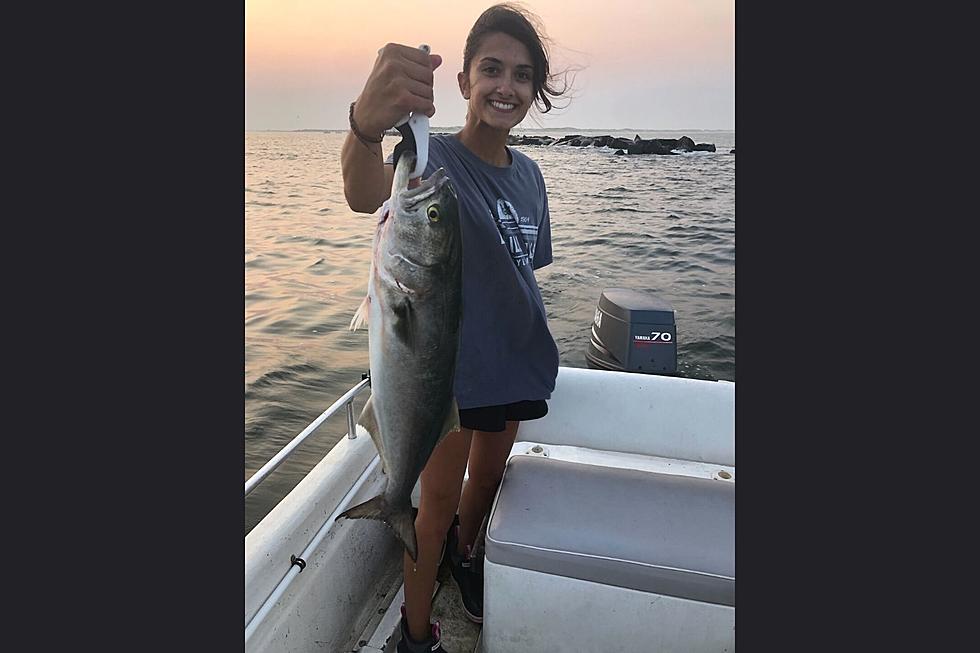
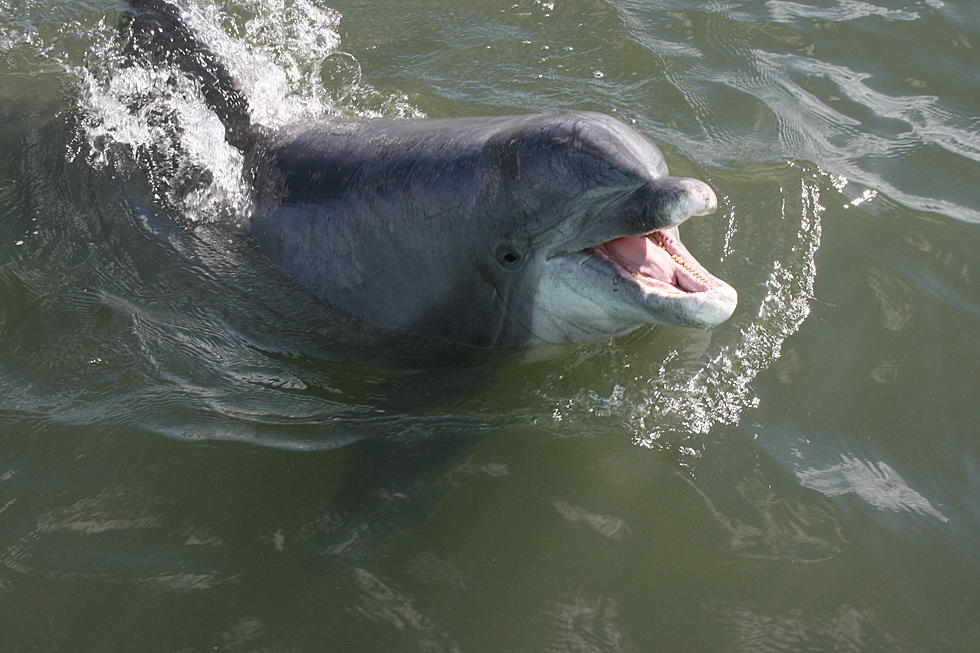
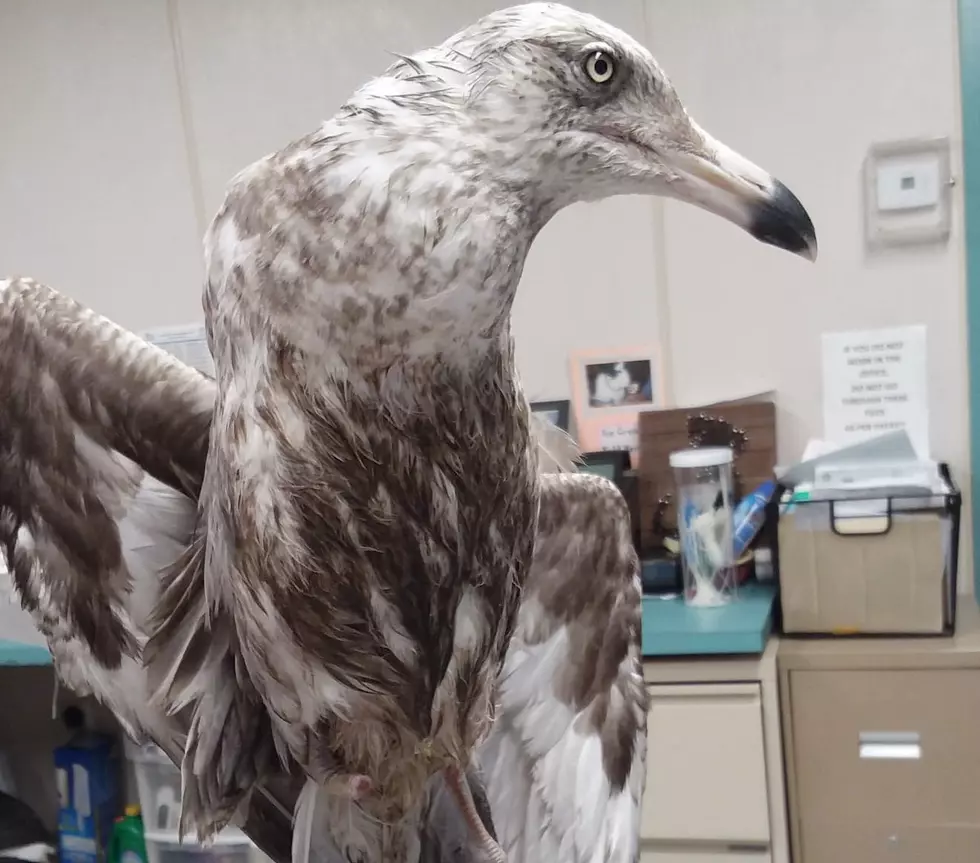
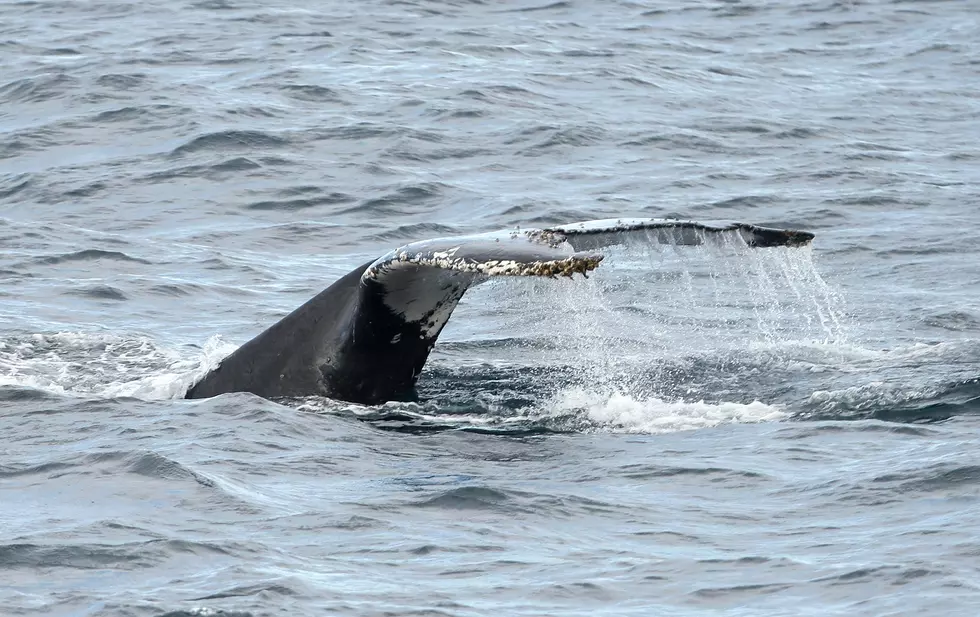
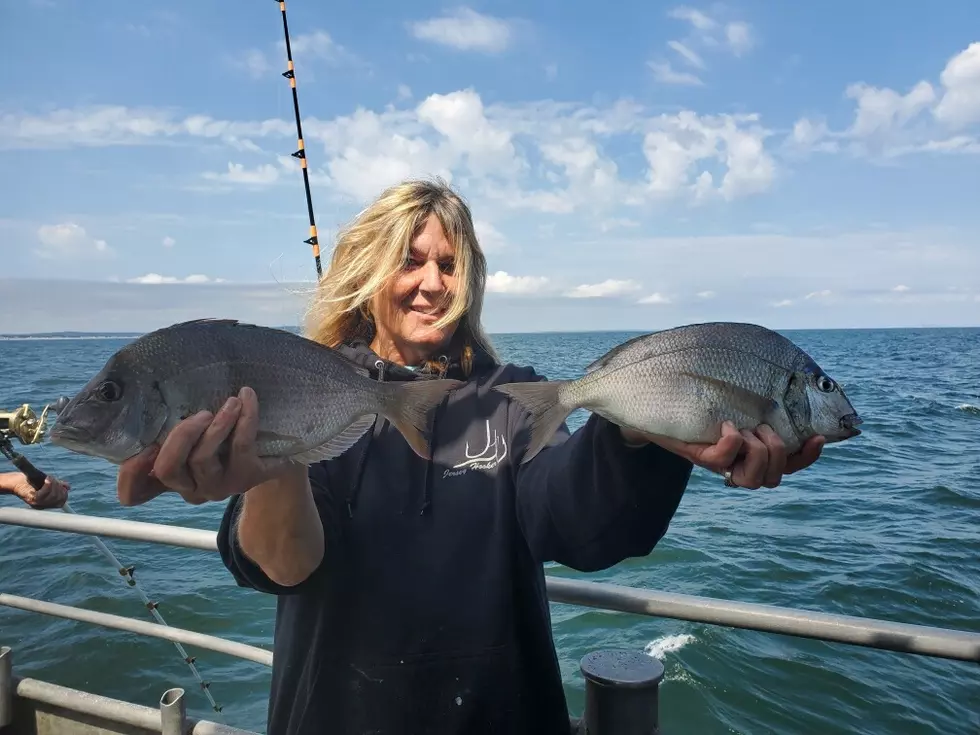

![[PHOTOS] Hooky With The Hawk Aboard Miss Barnegat Light](http://townsquare.media/site/392/files/2019/08/Hooky-2-Group-Shot.jpg?w=980&q=75)

